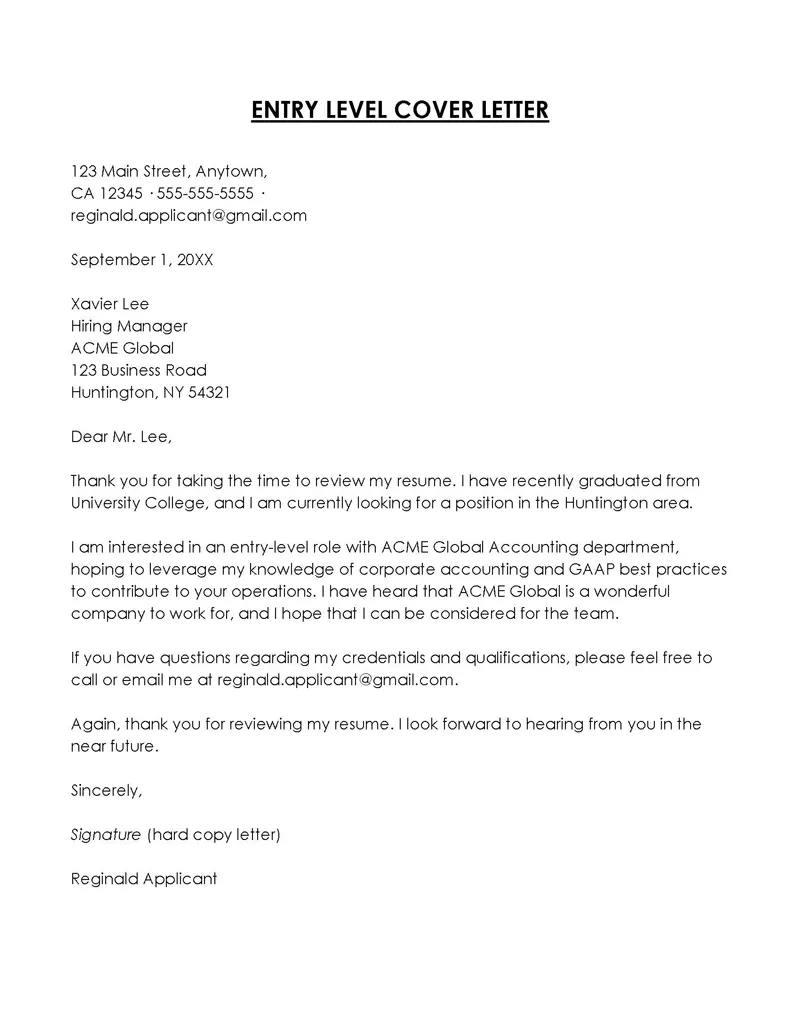Understanding the Entry-Level Cover Letter
Crafting a compelling cover letter is an essential step in your job search journey, especially when you’re applying for entry-level positions. It’s your first opportunity to make a positive impression on potential employers. Unlike experienced professionals who have a long work history to showcase, entry-level candidates often rely on their academic achievements, internships, volunteer work, and transferable skills to stand out. This guide provides you with the essential steps and insights on how to write an effective entry-level cover letter that captures attention and significantly increases your chances of securing an interview. By understanding the purpose and key components, you’ll be well-equipped to create a document that effectively highlights your potential and enthusiasm for the role. With the right approach, your cover letter can transform from a mere formality to a powerful tool in your job application arsenal.
What is an Entry-Level Cover Letter
An entry-level cover letter serves as your formal introduction to a potential employer, accompanying your resume to provide context and personality. It’s a tailored document that supplements your resume by expanding on your qualifications, experiences, and aspirations. Unlike a resume, which primarily lists facts, a cover letter lets you elaborate on why you’re the ideal candidate and how your skills and experiences align with the specific job requirements. For entry-level roles, where formal work experience may be limited, the cover letter becomes even more crucial. It allows you to highlight relevant coursework, projects, volunteer activities, and transferable skills that demonstrate your suitability for the position. The cover letter is your chance to showcase your personality, enthusiasm, and genuine interest in the company and the role.
Why is a Cover Letter Important
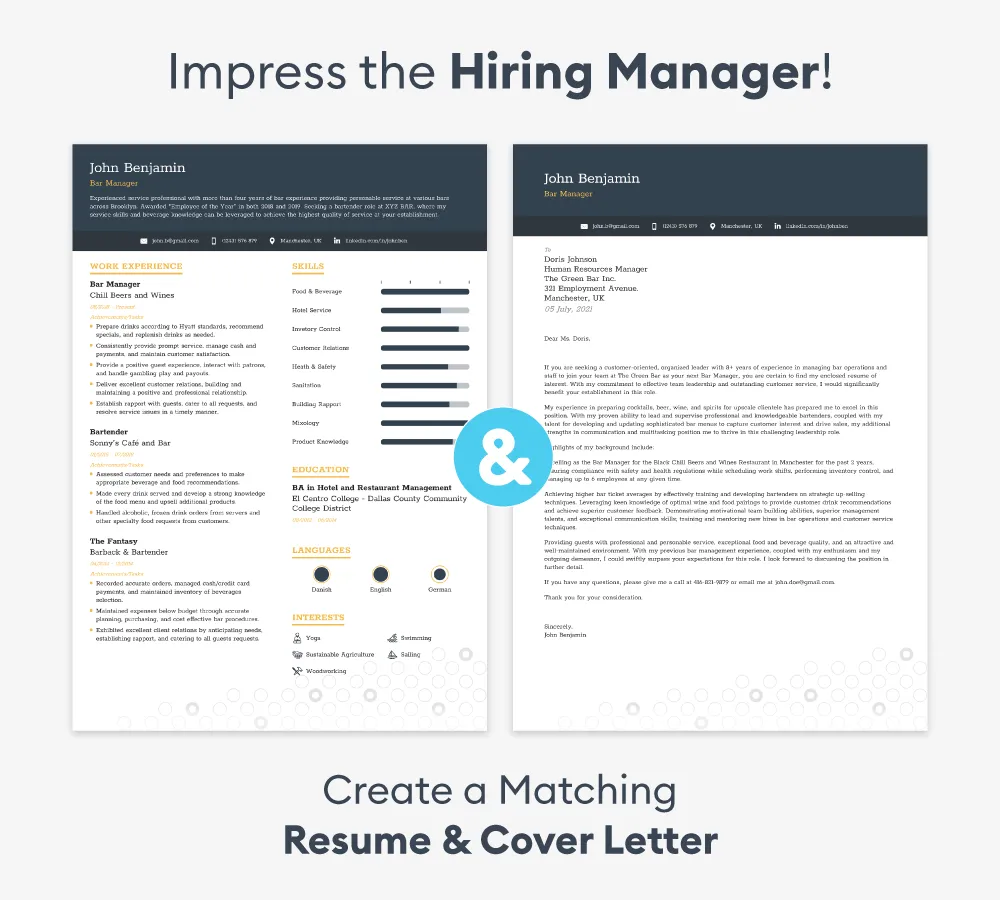
In today’s competitive job market, especially for entry-level positions, a well-written cover letter can significantly boost your chances of getting noticed. It’s your opportunity to go beyond the basic facts presented in your resume and express your unique qualities, enthusiasm, and interest in the role. It provides a platform to showcase your communication skills, demonstrate your understanding of the company and the role, and tailor your message to the specific job requirements. Recruiters often use cover letters to gauge your writing abilities, attention to detail, and overall fit within the company culture. It allows you to make a strong first impression and set yourself apart from other candidates by highlighting your motivation, relevant skills, and potential contributions. Even in cases where a cover letter isn’t explicitly required, submitting one can demonstrate your initiative and commitment to the application process.
Essential Components of an Entry-Level Cover Letter
A well-structured entry-level cover letter typically consists of several key components that work together to create a compelling narrative. These elements guide the reader through your qualifications, express your interest, and encourage further consideration. Understanding these components is crucial for constructing a cover letter that effectively communicates your value. They collectively tell a story about why you are the ideal candidate. The core components ensure that the letter is both informative and engaging. The overall tone should be professional yet enthusiastic. This framework ensures you effectively present yourself and increases your chances of making a positive impression on the hiring manager.
Contact Information & Date
Begin your cover letter with your contact information (name, address, phone number, and email) at the top. Following your contact information, include the date you are sending the letter. This ensures the recipient knows when the letter was written and how to reach you. Ensure the email address is professional and the phone number is active. These details are critical for the employer to contact you for an interview.
The Salutation
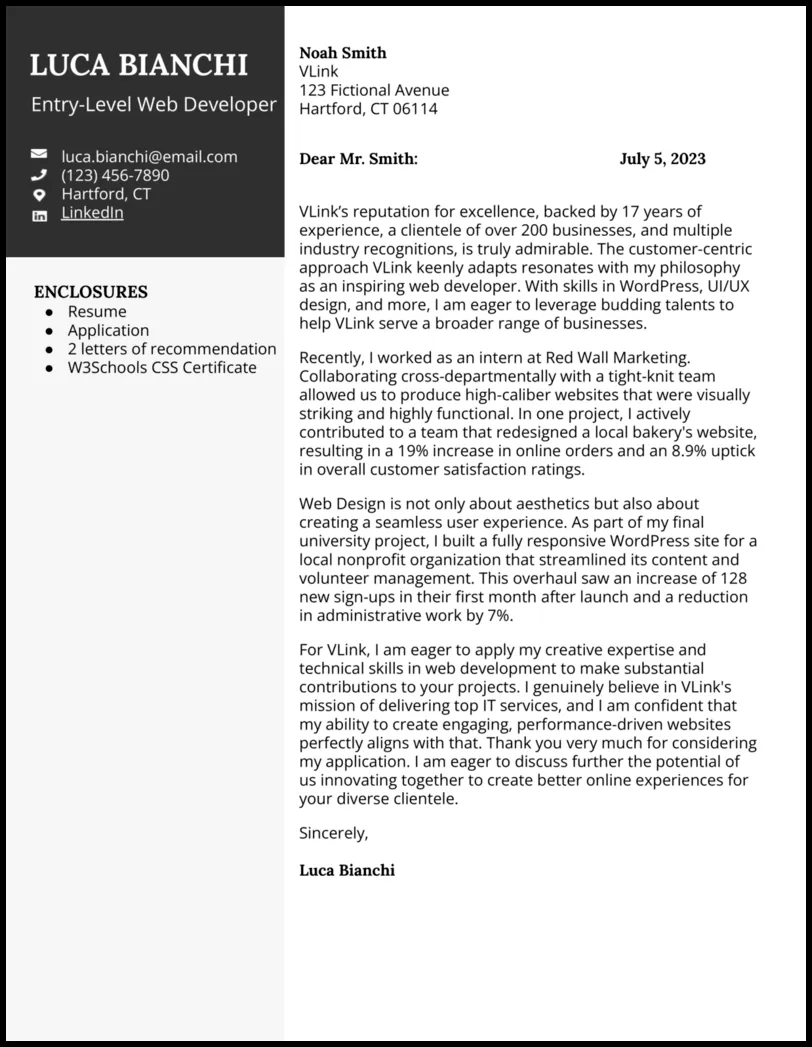
Address the hiring manager or recruiter directly whenever possible. If the name is not available, use a professional greeting. Avoid generic salutations like ‘To Whom It May Concern.’ Research the company website, LinkedIn, or the job posting to identify the hiring manager’s name. Examples include ‘Dear Mr. Smith’ or ‘Dear Ms. Jones.’ If you cannot find a specific name, consider using ‘Dear Hiring Manager’ or ‘Dear [Department Name] Team.’ A personalized salutation demonstrates your attention to detail and genuine interest.
The Introduction
The introduction is your first chance to capture the reader’s attention and make a strong first impression. Start by clearly stating the position you’re applying for and how you learned about the opportunity. Then, provide a brief, compelling overview of your key qualifications or your interest in the company. Show enthusiasm and excitement to leave the reader wanting to learn more. The introduction sets the tone for the rest of your letter, so make it concise, engaging, and tailored to the specific job requirements. Mentioning a specific aspect of the company that interests you can also make your introduction stand out.
Highlighting Your Skills & Experiences
This section is the core of your cover letter, where you highlight your relevant skills and experiences. Focus on how your qualifications align with the job requirements. Provide specific examples from your education, internships, volunteer work, or projects that demonstrate your abilities. Quantify your achievements whenever possible to showcase your impact. Explain how your skills can benefit the company and contribute to their goals. Entry-level candidates may not have extensive work history, but can highlight skills that make them stand out. This involves providing examples of how you’ve used these skills to achieve results in previous roles. Be specific, and show the employer that you possess the qualifications they’re looking for.
Focusing on Relevant Skills
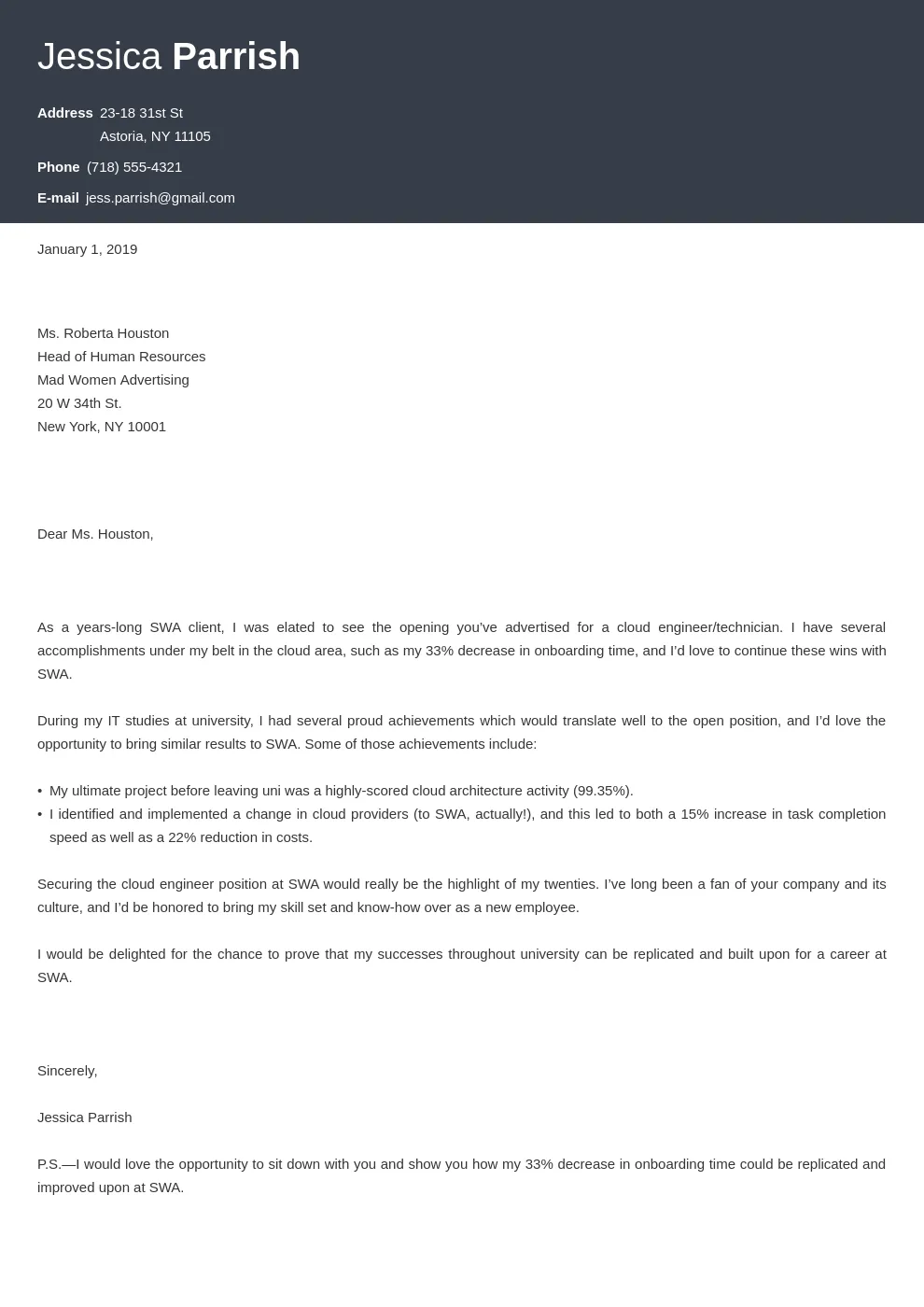
Identify the key skills required for the position and demonstrate how you possess them. Highlight both hard skills (technical skills) and soft skills (interpersonal skills). Provide specific examples of how you’ve used these skills in the past. Tailor your skills section to match the job description by carefully reviewing the requirements. Provide examples and avoid just listing skills. For example, if the job requires communication skills, describe a situation where you successfully communicated complex information to a team or a client. Show, don’t just tell.
Showcasing Relevant Experiences
Even with limited experience, you can still highlight relevant experiences from internships, volunteer work, projects, or academic achievements. Describe your responsibilities, the skills you developed, and the results you achieved. Quantify your accomplishments whenever possible using numbers or metrics. Explain how your experience has prepared you for the role. Use the STAR method (Situation, Task, Action, Result) to provide context and demonstrate your abilities. This helps paint a clear picture of what you did and the positive impact of your efforts. The more context you give the better.
Expressing Enthusiasm & Interest
Demonstrate your genuine interest in the company and the position. Explain why you’re excited about the opportunity and what motivates you to apply. Highlight specific aspects of the company or the role that appeal to you. Mention any company values or initiatives that resonate with your personal values. Your enthusiasm should be clear and authentic, showing that you’ve done your research and are genuinely interested in contributing to the company’s success. Show that you are not only a good fit, but that you are also enthusiastic about the opportunity.
Tailoring Your Letter to the Job
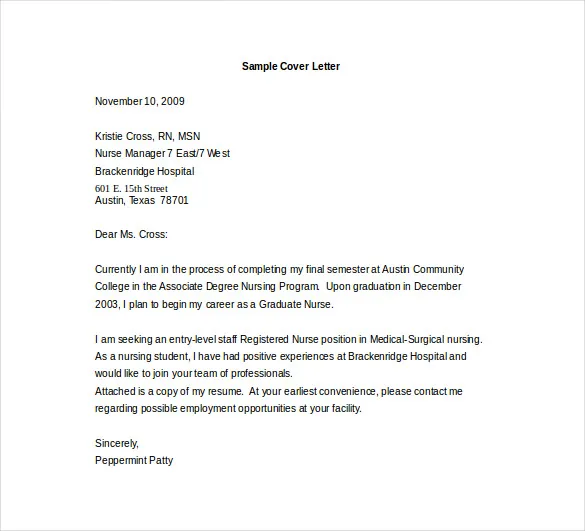
Customize each cover letter to match the specific job description and company culture. Review the job posting carefully and identify the key requirements and keywords. Use these keywords in your cover letter to demonstrate your understanding of the role. Highlight the skills and experiences that are most relevant to the specific job. Avoid using a generic cover letter template. Customize your letter to reflect the unique aspects of the position and the company. Tailoring shows that you’ve invested the time and effort to understand the role and are genuinely interested in the opportunity. The more personalized, the better.
The Call to Action
End your cover letter with a clear call to action. Express your eagerness for an interview and provide your contact information again. Thank the hiring manager for their time and consideration. A strong call to action ensures the hiring manager knows you are interested in taking the next steps in the application process. Make it easy for the hiring manager to contact you by including your phone number and email address. The call to action encourages the reader to take the next step and keeps you at the forefront of their mind.
The Closing
Use a professional closing, such as ‘Sincerely,’ ‘Best regards,’ or ‘Thank you.’ Keep the closing brief and courteous. Ensure that your signature is included if you are submitting a physical copy. Proofread the entire letter one last time before submitting it. It’s the final touch that shows you value the opportunity and the reader’s time. The closing sets a tone of respect and professionalism, leaving a positive impression on the hiring manager.
Formatting and Presentation Tips

Formatting and presentation are critical in making your cover letter easy to read and visually appealing. Poorly formatted letters can be off-putting, making it harder for the reader to focus on your qualifications. Proper formatting conveys professionalism and shows that you pay attention to detail. Ensure your cover letter looks clean and organized. Aim for a polished, professional document that represents your skills and attention to detail.
Font and Font Size
Choose a professional and easy-to-read font. Examples include Times New Roman, Arial, Calibri, or Helvetica. Use a font size between 10 and 12 points. Consistency is key, so use the same font throughout the entire document. Avoid overly stylized or distracting fonts. The best fonts allow the content to be the focal point.
Margins and Spacing
Set margins to 1 inch on all sides. Use single-spacing for the body of your letter. Add a blank line between paragraphs to improve readability. Proper margins and spacing create a balanced look. The goal is for the letter to be visually appealing and easy to read. A well-formatted document demonstrates attention to detail.
Proofreading and Editing
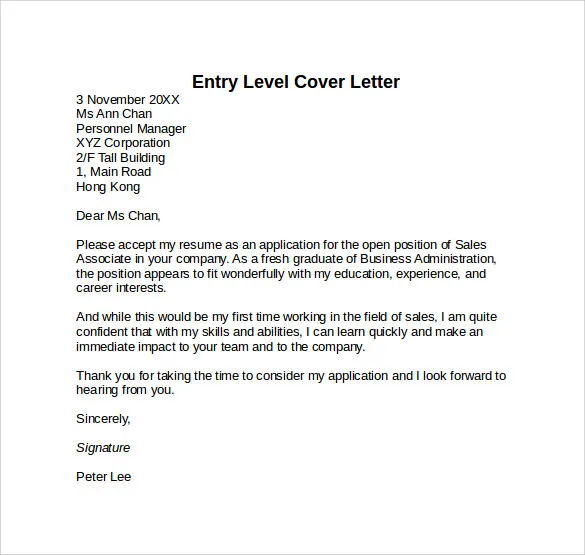
Thoroughly proofread your cover letter for any spelling, grammar, and punctuation errors. Read your letter aloud to catch awkward phrasing or sentences. Ask a friend, family member, or career advisor to review your letter. Typos and errors can undermine your credibility, so it is crucial to ensure a clean and polished presentation. Correct any mistakes before submitting your application. Proofreading is one of the most important steps.
Common Mistakes to Avoid
Avoiding common mistakes will improve your cover letter and significantly increase your chances of success. These errors can lead to a negative impression and may result in your application being rejected. Being aware of the common pitfalls will help you create a document that highlights your best qualities and potential. The effort you put into avoiding these mistakes will be apparent to the hiring manager.
Generic vs. Personalized Letters
Avoid using a generic cover letter template. Generic letters lack personalization and do not demonstrate your genuine interest in the specific job and company. Tailor each cover letter to the job and company you’re applying for. Conduct research about the company and customize your letter to highlight your relevant skills and experiences. Personalization shows that you have invested time and effort. Personalization indicates that you’ve done your homework and are genuinely interested in the opportunity.
Typos and Grammatical Errors
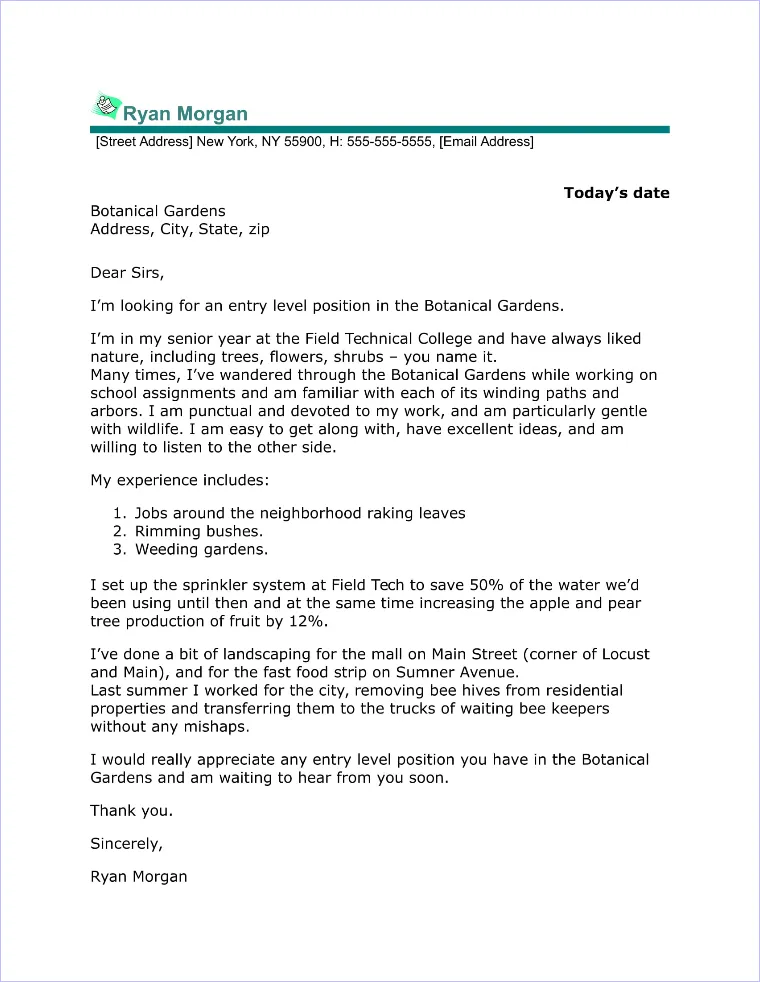
Carelessly made typos and grammatical errors can damage your credibility and show a lack of attention to detail. Proofread your letter carefully before submitting. Use spell-check and grammar-check tools to catch any mistakes. Ask a friend or family member to review your letter. Accuracy is critical, and errors undermine your professionalism. Proofreading and editing are essential for ensuring a polished presentation.
Length of the Cover Letter
Keep your cover letter concise and focused. Aim for a single page in length. Avoid including unnecessary details or information that is not directly relevant to the job. The goal is to highlight your key qualifications and express your interest in the position. A short and engaging letter is more likely to capture the hiring manager’s attention. A well-written letter is concise and effectively highlights your qualifications.
Entry-Level Cover Letter Examples
Reviewing examples can provide valuable insights into the different ways to structure and present your cover letter. These examples show how to tailor your letter to different job roles and industries. Analyzing these samples will help you understand how to highlight your skills, experiences, and enthusiasm effectively. Use them as inspiration. Here are a few samples:
Example 1 Marketing Role
This sample will illustrate how to highlight marketing skills. It shows how to showcase your knowledge of marketing principles, social media, and content creation. It demonstrates how to quantify achievements. This example will also illustrate how to demonstrate enthusiasm and the ability to tailor your application to the company. The example provides a template that can be adapted.
Example 2 Software Developer
This example will illustrate how to create a cover letter for a software developer role. It demonstrates how to highlight your technical skills, projects, and coding experience. It focuses on emphasizing your passion for technology, your understanding of development processes, and your ability to contribute to the team. This example helps showcase how to highlight skills and relevant projects. It also provides a template that can be adapted.
Example 3 Administrative Assistant
This example showcases an administrative assistant cover letter. This cover letter highlights organizational, communication, and multitasking skills. It will illustrate how to express attention to detail and ability to handle administrative tasks. The focus will be on showing the ability to manage schedules, coordinate meetings, and support office operations. This example provides a template that can be adapted.
Final Thoughts
Writing an effective entry-level cover letter is a crucial step in your job search. By understanding the essential components, avoiding common mistakes, and tailoring your letter to each job, you can significantly increase your chances of getting noticed. Your cover letter is your first opportunity to make a positive impression, so take the time to craft a compelling narrative that showcases your potential and enthusiasm. With careful planning and attention to detail, you can create a cover letter that gets you closer to landing your dream job. Now that you know how to write an entry level cover letter, you are one step closer to landing your dream job!
